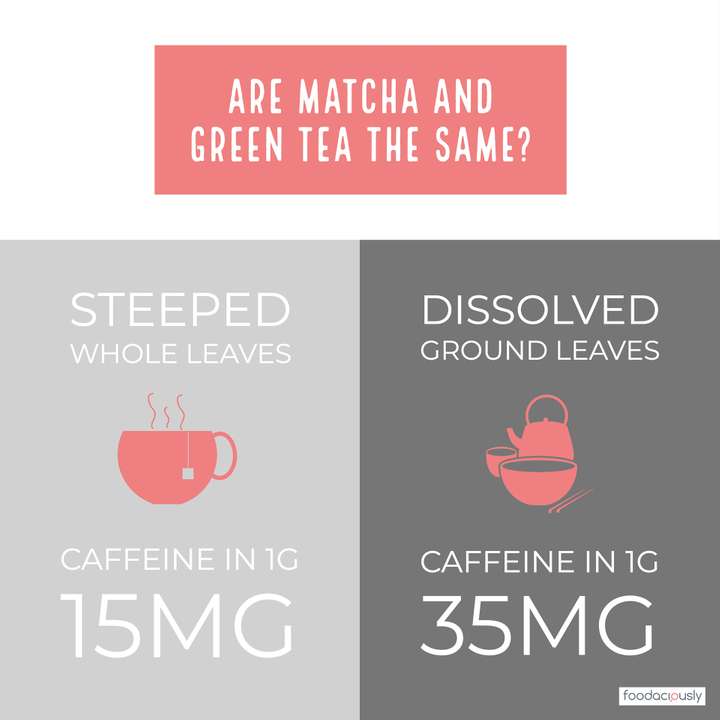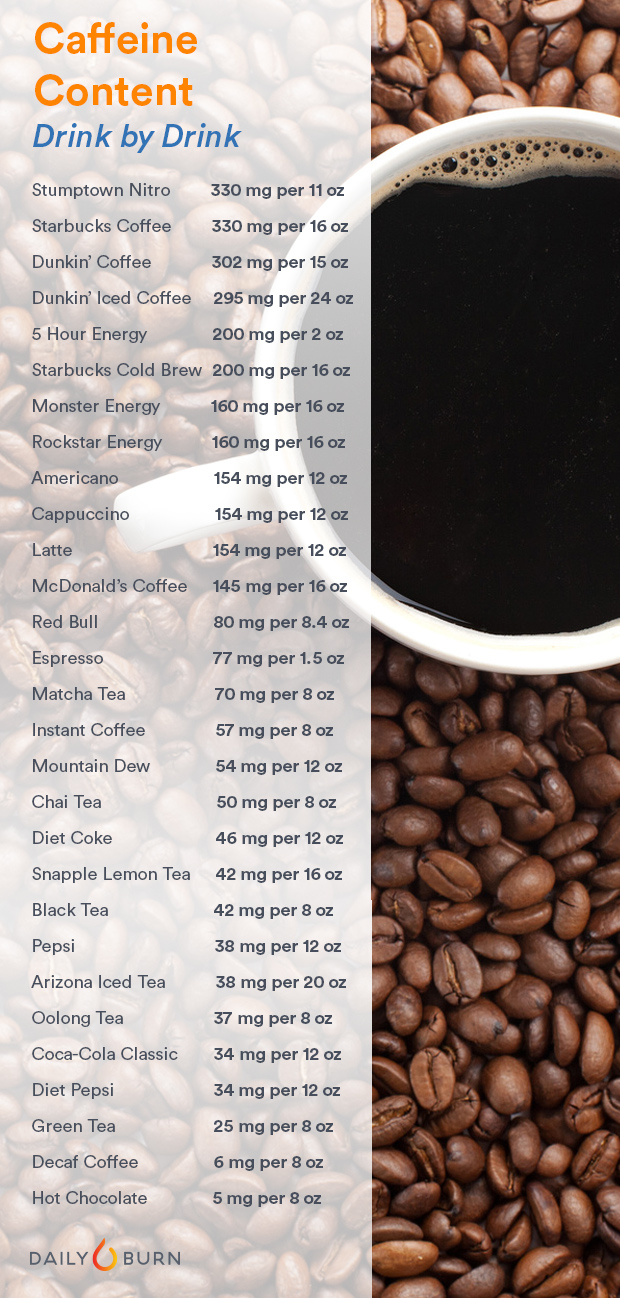

Thus, our modern roasted bean water was born. Eventually, they finally stumbled upon the joy of roasted coffee beans around 1200 BCE. At first, natives used the coffee fruit as the base for several juices and alcoholic beverages. Although it may seem that coffee is popular today, the reality is that coffee has always been a hit.Įthiopian farmers first discovered coffee around 100 BCE. Many drink coffee first thing in the morning and sip on it throughout the day. Matcha is also made using the whole tea leaf, which makes the fine green powder much stronger than typical green tea.Ĭoffee is almost a religion among loyal drinkers. They are raised in greater amounts of shade, which results in greater levels of caffeine and L-theanine. However, tea plants intended for matcha production are grown differently. Matcha comes from the Camellia sinensis plant, the same plant that black tea and normal green tea come from. While matcha is made from green tea leaves, the two are actually quite different. In fact, the Japanese consider the preparation of matcha to be a form of art. The Japanese tea ceremony is an ancient tradition in which drinkers partake in matcha tea as a way to connect with those around them. Over the years, matcha became an integral part of Japanese culture. Eventually, the drink made its way over to Japan, where Buddhist monks used matcha to aid in their meditation practices. Matcha is a powdered form of green tea that originated in China. But what is matcha, and where did it come from?

Coffee shops around the country sell matcha lattes and trendy matcha teas. Nowadays, matcha is a trendy drink additive that is well-known for its earthy taste and vibrant green color. If you haven’t heard of matcha, you’ve probably seen it.


 0 kommentar(er)
0 kommentar(er)
